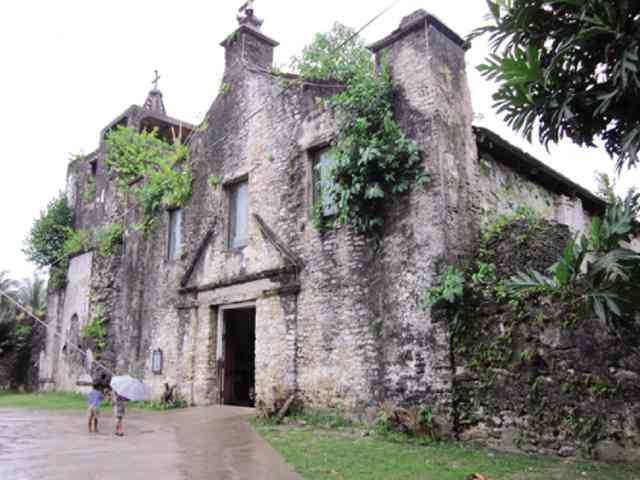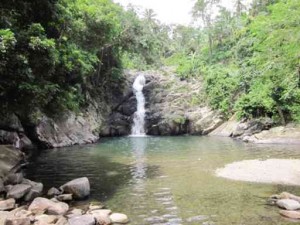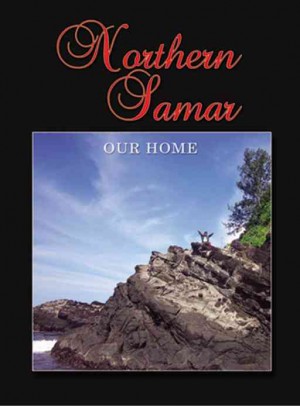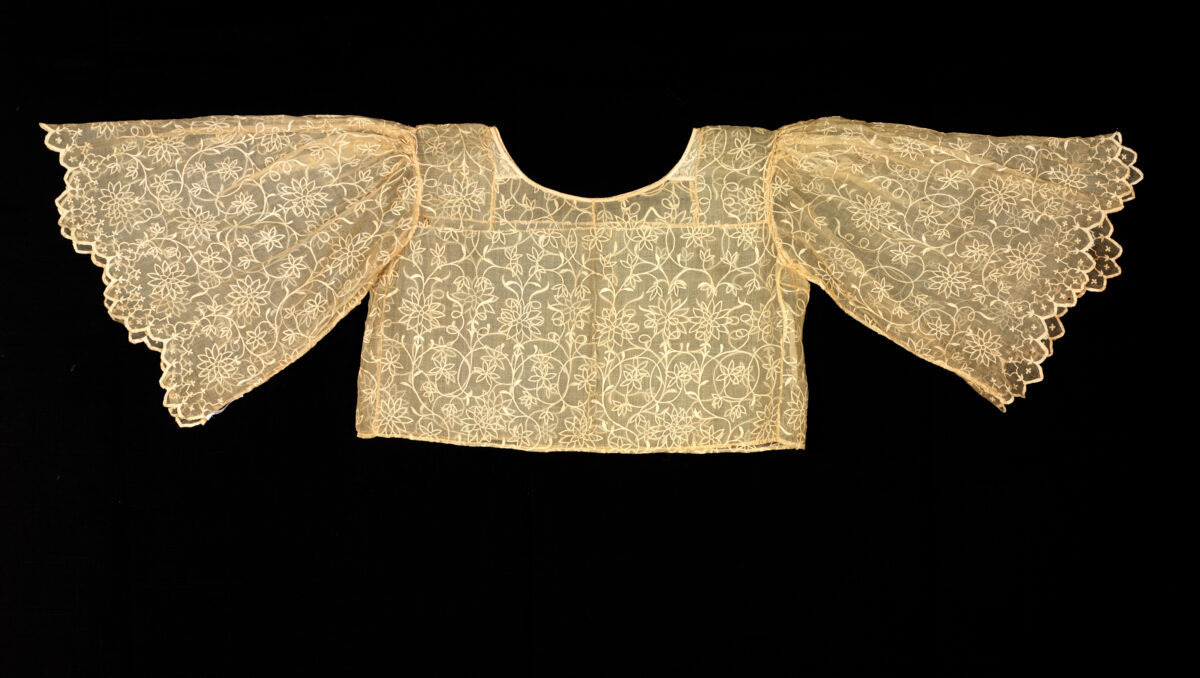

Northern Samar is a province on the margins, not just geographically but also (and most significantly) economically.
It’s in the government’s Category 2 provinces (the 10 poorest in terms of population) in urgent need of intervention. The latest economic plan says its opportunities for development are “limited.”
How does one surmount such label? Perhaps it starts with a book, meticulously researched, part-history and part-travel guide, reintroducing the province of Northern Samar to the rest of the Philippines and even the Nortehanons themselves.
For author Mio Gálit de la Cruz, “Northern Samar: Our Home” (214 pp., Write It Right Editorial & Publishing) is his homecoming, having moved to Metro Manila along with many other families years ago in search of greater opportunities and, yes, to surmount the province’s seemingly limited economic frontiers.
The coffee-table book is edited by Jesselynn Garcia de la Cruz, former editor in chief of the CBCP Monitor.
Sharing a passion for writing as well as travel, Mio, a native of Laoang town, and wife Jesselynn went to all 24 municipalities of Northern Samar by bus, motor banca, van, jeep, tricycle, habal-habal or on foot.
The result is not a catalogue for the provincial tourism office, or public relations for the ruling political families. It’s a book that should very well place Northern Samar on the tourist map (a handy Frommer’s-type version could be a future project) and, more importantly, stir a sense of identity or belonging to Nortehanons in the province and elsewhere.
Viable destination
Northern Samar emerges as a viable ecotourism destination with attractions such as the Biri rock formations; Laoang’s own golden sunset; and the Pinipisakan Falls in Las Navas. The beaches in any of the province’s 20 mainland coastal towns are just a bonus.
As Mio had found in the process of writing the book, putting together a local history wasn’t a linear process, especially with sources like town-fiesta souvenir programs that often proved unreliable.

Aside from oral histories and documents, the author draws from the work of the Jesuit Francisco Ignacio Alcina, who wrote about the natives of Ibabao (the province’s pre-Hispanic name) in his “History of the Bisayan People in the Philippine Islands” (the 17th-century work which was translated into English by Fr. Cantius Kobak and published by UST Publishing House in 2002).
Each town is a chapter, revealing bits of history and general information, and featuring tourist landmarks.
It may have been forgotten, for instance, that Allen town (formerly La Granja) was named not after some G.I. but Major General Henry T. Allen, Father of the Philippine Constabulary and military governor during the American occupation.
De la Cruz situates Northern Samar in history, citing its role as gateway to the galleons from Acapulco; the almost-forgotten Battle of Catubig that occurred before the Battle of Balangiga during the Philippine-American War; and the Sumuroy Rebellion against forced labor.
Capul
The island-town of Capul is little known, but its fortress-church and lighthouse are important cultural and historical relics.
 The stone Church of St. Ignatius built by the Jesuits served as a stronghold during disasters, natural and manmade.
The stone Church of St. Ignatius built by the Jesuits served as a stronghold during disasters, natural and manmade.
The Capul lighthouse watches over San Bernardino Strait, the historic maritime route taken by Spanish expeditions and Moro raiders, and the site of naval warfare during World War 2.
Capul was a major military outpost for the Japanese. The trenches and concrete structures for communications equipment are still there.
The history of Northern Samar, as the author notes, is intertwined with that of the local church. Capul, Catubig and Palapag are among the first Jesuit mission centers, where the Ibabaonons heard the Gospel and held together to fend off vicious Moro raids.
The worst attack was in Catubig sometime between 1774 and 1775. Pirates pillaged church property. The natives, especially young women, were captured for the slave trade.
Moved by the tragedy, a Franciscan trained in war tactics functioned as military commander, setting an example for other religious in a tumultuous period in the country’s colonial history.
Mio de la Cruz puts his journalistic skills to work and tells this and other stories in a manner that, as Catarman Bishop Emeritus Angel Hobayan hopes, would make “every son and daughter of Northern Samar … appreciate how truly rich and blessed their land is, and take pride in the realization of how this was founded on and nurtured by the strength of faith and character of its people.”
“Northern Samar: Our Home” is available at Popular Bookstore and Goodwill Bookstores. Available soon at National Book Stores and Powerbooks. Contact (0939) 925 4113.












































